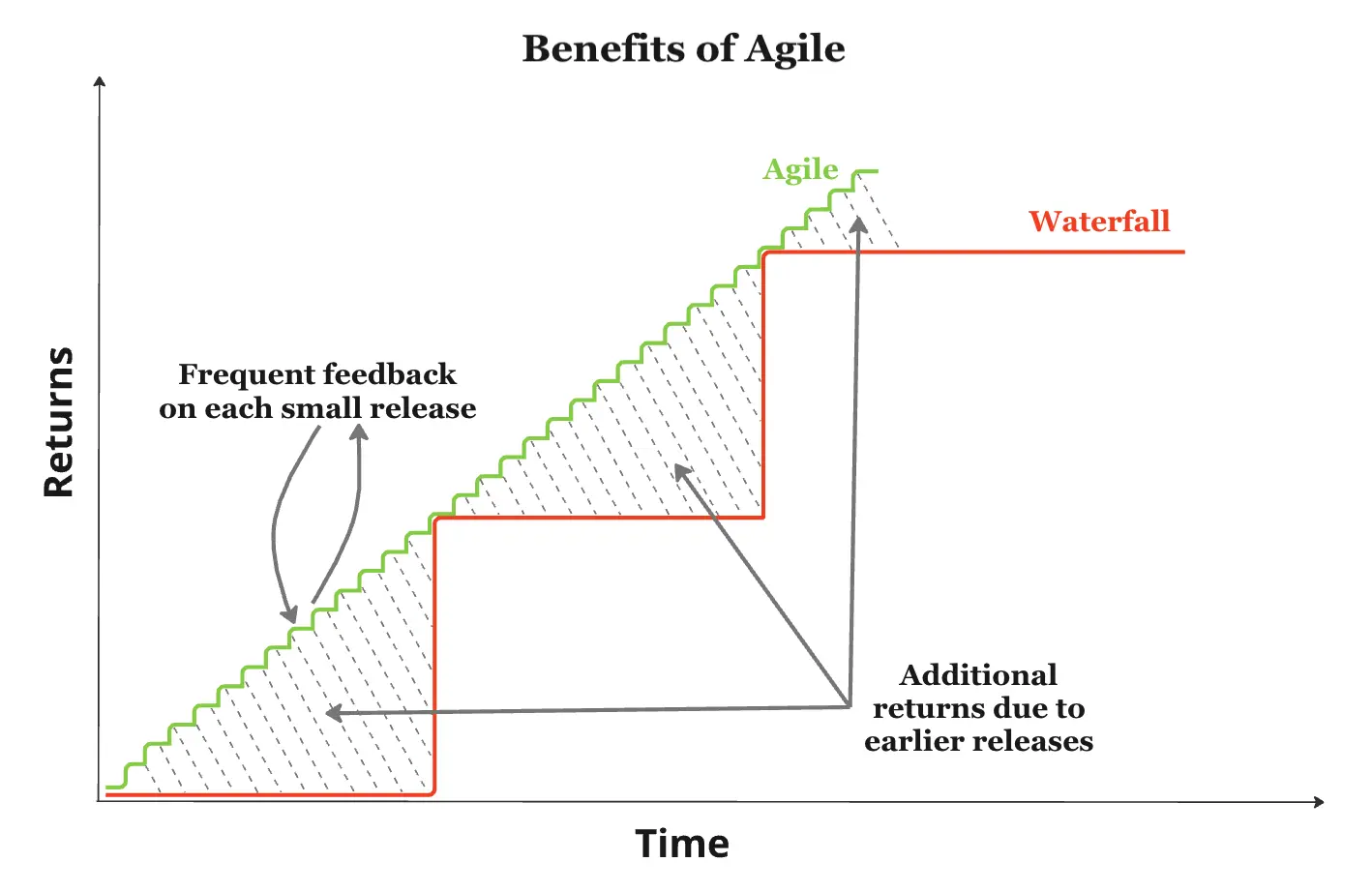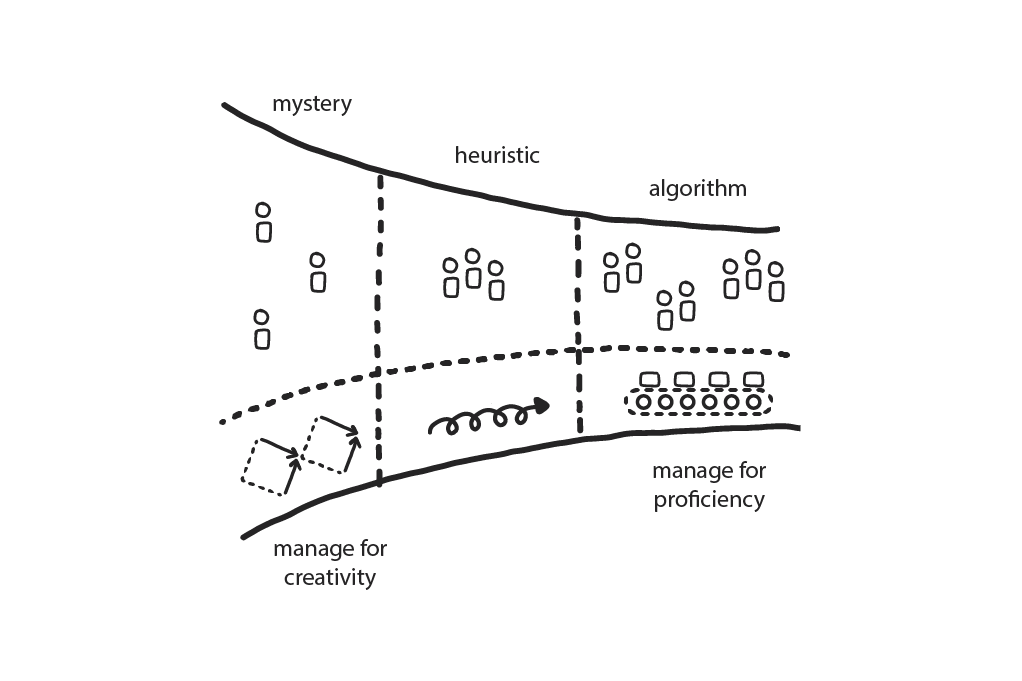Pathfinder Framework: Streamlining ESG Scope 3 Emission Tracking

Scope 3 emissions refer to indirect greenhouse gas (GHG) emissions that result from activities occurring outside of an organization but are associated with that organization’s value chain.
These emissions are considered one of the three scopes of the Greenhouse Gas Protocol, which is a widely used accounting tool for measuring and managing greenhouse gas emissions.
-
Scope 1 Emissions: Direct emissions from sources that are owned or controlled by the organization. This includes emissions from combustion in owned or controlled facilities, such as onsite fuel combustion in boilers or company-owned vehicles.
-
Scope 2 Emissions: Indirect emissions associated with the purchase of electricity, steam, heating, or cooling. These emissions occur at the facility where the electricity is generated and are considered indirect because the organization does not directly control the generation of the electricity.
-
Scope 3 Emissions: All other indirect emissions that occur in the value chain of the organization, including both upstream and downstream activities. Scope 3 emissions can be numerous and varied, including emissions from the production of purchased goods and services, transportation-related activities, employee commuting, business travel, and more. They are often the most challenging and complex to quantify and control because they extend beyond an organization’s direct operations.
Measuring and addressing Scope 3 emissions are essential for a comprehensive understanding of an organization’s total carbon footprint and for implementing effective sustainability and climate change mitigation strategies.
As awareness of environmental impact grows, many businesses are working to measure and reduce their Scope 3 emissions as part of broader sustainability initiatives.
Emission tracking challenges
Tracking and managing Scope 3 emissions can be challenging for several reasons:
-
Complexity and Diversity of Value Chains: Scope 3 emissions encompass a wide range of activities across the entire value chain, from raw material extraction to product disposal.
Organizations often have complex and diverse supply chains, making it challenging to identify and quantify all relevant emissions sources. -
Limited Data Availability: Obtaining accurate and comprehensive data from suppliers and other partners in the value chain can be difficult.
Many organizations may lack the necessary data transparency and reporting standards, making it challenging to assess the emissions associated with the production of goods and services. -
Indirect Influence: Organizations have limited control over the activities that contribute to Scope 3 emissions, as they often occur outside the company’s direct operational control.
This lack of direct influence can make it difficult for organizations to implement emission reduction measures effectively. -
Scope of Inclusion: Determining which activities to include in Scope 3 can be subjective and may vary between organizations.
Different companies might define and include different categories of emissions, leading to inconsistency in reporting and comparison. -
Assessment Boundaries: Defining the boundaries of the assessment, including which emissions sources to include and exclude, can be challenging.
Decisions about where to draw the boundary lines can significantly impact the accuracy and completeness of the emissions inventory. -
Data Quality and Accuracy: Even when data is available, it may not always be of high quality or accuracy. Incomplete or unreliable data can compromise the credibility of emission inventories and hinder the development of effective reduction strategies.
-
Time Lags: Emission data is often not available in real-time, and there may be time lags in obtaining and processing data from suppliers and partners.
This can affect the timeliness of reporting and decision-making. -
Global Nature of Supply Chains: Many organizations operate on a global scale, and their supply chains may span multiple countries with varying regulatory environments and reporting standards. Coordinating and standardizing data collection across different regions can be challenging.
-
Costs and Resources: Conducting a comprehensive analysis of Scope 3 emissions requires significant resources, both in terms of time and costs. Small and medium-sized enterprises, in particular, may face challenges in allocating resources for such assessments.
Despite these challenges, addressing Scope 3 emissions is crucial for organizations committed to sustainability and climate action. Overcoming these challenges involves collaboration, data transparency, and the development of standardized methodologies for reporting and accounting for emissions in the value chain.
How Pathfinder can help
The transition to low-carbon products and services across all value chains is essential for achieving net-zero.
However, the current complexity of value chains poses challenges in tracking and controlling product emissions, leading to inaccuracies in emissions accounting and hindering effective decarbonization efforts.
Addressing the issues mentioned so far, the Partnership for Carbon Transparency (PACT) has introduced the Pathfinder Framework, which takes a cross-sectoral approach to assist organizations in developing and sharing primary data-based product carbon footprints (PCFs).
The framework’s requirements aim to improve data reliability and consistency throughout various industries and value chains.
In a nutshell this is why Pathfinder is good for you:
-
Emissions Accounting: Encourages companies to calculate cradle-to-gate PCFs and exchange this information along the value chain to foster a better understanding of emissions.
-
Creating Integrity: Focuses on PACT’s core objective of increasing the use of quality primary data in calculating PCFs.
-
Assurance and Verification: ensure the reliability of this data, fostering trust among stakeholders and enabling large-scale decarbonization.
-
Data Exchange: Emphasizes the significance of standardized PCF accounting and data exchange in enhancing comparability and consistency within the supply chain.
Re-cinq and PathFinder
At re:cinq we are embracing the Pathfinder Framework as part of our set of tools to help companies achieve sustainability.
We are actively working on developing a user-friendly and streamlined approach for companies to seamlessly integrate the Pathfinder Framework into their existing processes and IT systems.
Our effort aims to facilitate the adoption of sustainable practices by making it easier for organizations to leverage the benefits of the Pathfinder Framework in their day to day operations.
By providing a straightforward integration solution, we believe we are contributing to the broader adoption of this framework and supporting companies in their journey towards more accurate emissions accounting and effective decarbonization measures.









